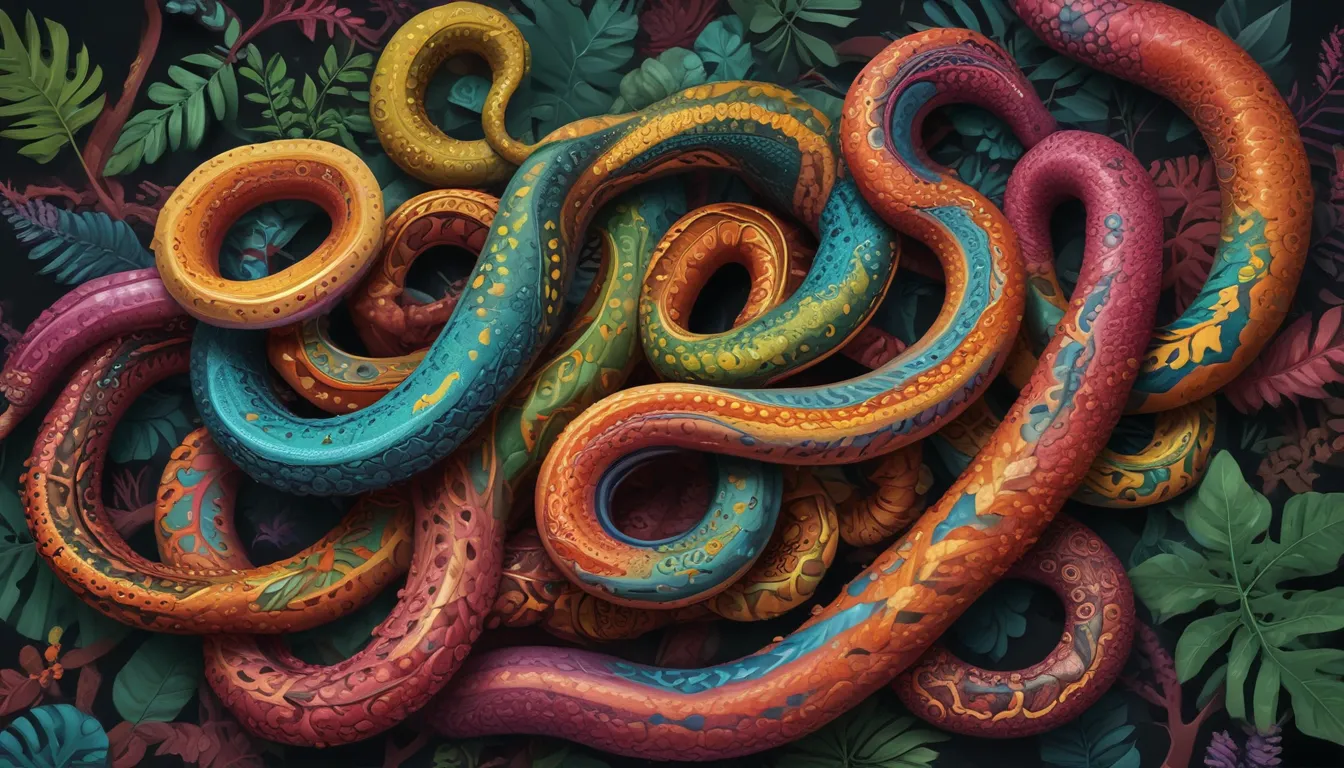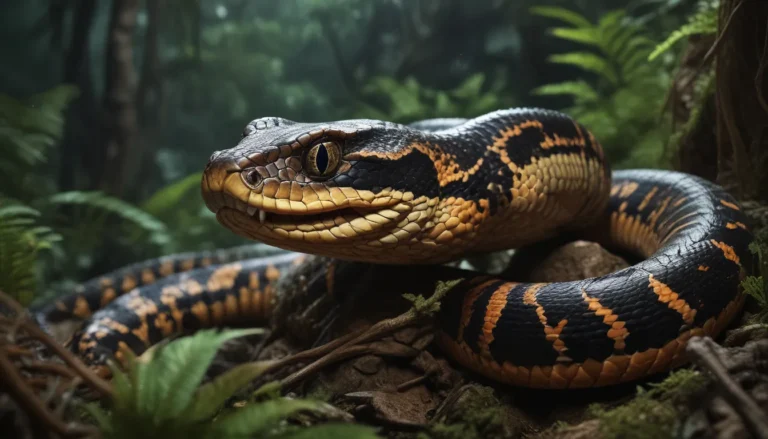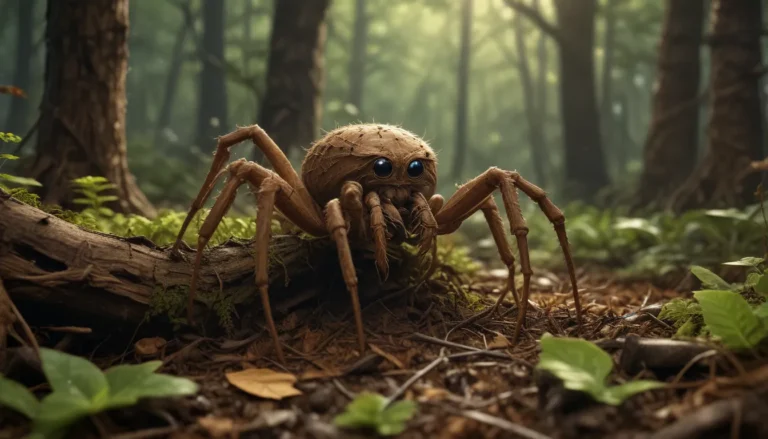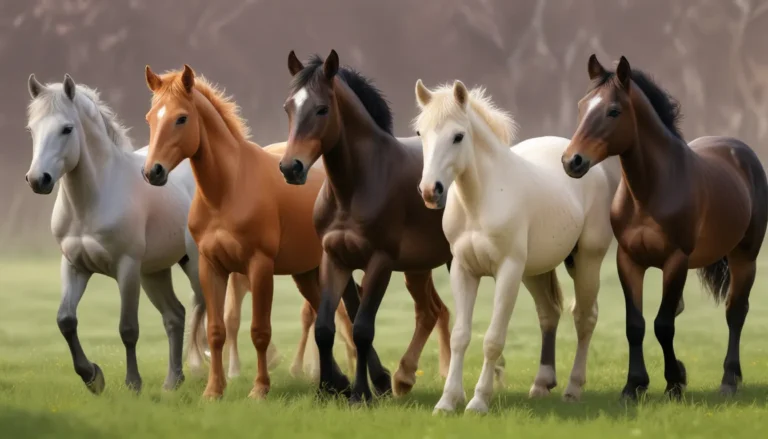The pictures we use in our articles might not show exactly what the words say. We choose these pictures to make you interested in reading more. The pictures work together with the words but don’t take their place. The words still tell you the important facts.
Are you intrigued by the wonders of the animal kingdom? Do you find yourself drawn to the unique and captivating world of snakes? If so, the rubber boa, a remarkable snake species native to western North America, is sure to pique your interest. Known for its rubbery appearance, gentle nature, and impressive adaptations, the rubber boa is a creature unlike any other in the reptile world.
In this article, we will journey into the intriguing realm of rubber boas, uncovering 20 astounding facts about these fascinating snakes. From their distinctive characteristics and behaviors to their significance in Native American culture, there is much to learn and appreciate about these enigmatic creatures. So, grab a seat, get comfortable, and prepare to be amazed by the wonders of the rubber boa.
Exploring the Unique World of Rubber Boas
Rubber boas (Charina bottae) are a species of snake renowned for their distinctive features and behavior. These snakes are native to various regions of North America, including the western United States and parts of Canada. Their name, "rubber boa," is derived from the smooth and rubbery texture of their skin, which sets them apart from other snake species.
One of the most intriguing aspects of rubber boas is their short and stubby tail, which closely resembles their head. This unique adaptation serves as a clever defense mechanism, confusing predators and allowing the snake to escape potential threats unharmed. Unlike many other snake species, rubber boas are non-venomous and pose no danger to humans, further adding to their appeal as gentle and docile creatures.
The Fascinating Life of a Rubber Boa
Rubber boas have a diverse diet consisting mainly of small rodents such as mice and voles, which they catch and swallow whole. Despite their stocky appearance, these snakes are skilled climbers, effortlessly scaling rocks, trees, and other surfaces. Their nocturnal nature makes them primarily active at night, using the cover of darkness to hunt for prey and explore their surroundings.
One of the most remarkable features of rubber boas is their ability to give birth to live young, with litters typically ranging from 2 to 8 offspring. These snakes can regulate their body temperature by moving between warm and cool areas, showcasing their adaptability to different environments. With a lifespan of up to 25 years or more in captivity, rubber boas are considered a species of least concern, reflecting their stable population status in the wild.
Behaviors and Adaptations of Rubber Boas
Rubber boas are masters of camouflage, blending seamlessly into their surroundings to evade detection. During the winter months, they enter hibernation, seeking shelter underground to survive the cold temperatures. When threatened, rubber boas exhibit cautionary behavior by curling into a tight ball and hiding their heads under their coils, a defensive posture that protects them from predators.
With a slow metabolic rate, rubber boas are well-suited to environments with limited food resources. Despite their preference for terrestrial habitats, these snakes are capable swimmers, navigating shallow waters with ease. Their natural affinity for burrowing leads them to seek shelter in crevices, rock piles, and underground tunnels, showcasing their adaptability and resourcefulness in the wild.
The Cultural Significance of Rubber Boas
In Native American culture, rubber boas hold a special significance as sacred animals symbolizing protection and healing. Valued for their unique qualities and revered for their role in spiritual beliefs, these snakes are regarded with respect and reverence by indigenous communities. Their presence in folklore and traditions highlights the deep connection between humans and the natural world, emphasizing the importance of conservation efforts to protect these remarkable creatures.
Embracing the Wonder of Rubber Boas
In conclusion, the rubber boa stands out as a truly fascinating and enigmatic creature with a host of unique features and behaviors. From their gentle temperament and live-bearing ability to their remarkable climbing skills and longevity, rubber boas continue to captivate both enthusiasts and researchers alike. As we delve deeper into the intricacies of these incredible snakes, we gain a greater appreciation for the diversity and complexity of the animal kingdom.
FAQs: Exploring Common Questions About Rubber Boas
Q: Are Rubber Boas dangerous?
A: No, Rubber Boas are non-venomous and known for their docile nature, posing no threat to humans.
Q: What do Rubber Boas eat?
A: Rubber Boas primarily feed on small mammals such as mice, voles, and shrews, suffocating their prey before consuming them whole.
Q: How big do Rubber Boas grow?
A: Rubber Boas are relatively small snakes, with an average length of 15 to 30 inches, though some individuals can reach up to 36 inches.
Q: Do Rubber Boas make good pets?
A: Rubber Boas can be ideal pets for reptile enthusiasts due to their calm temperament, low maintenance, and ease of handling. Proper care is essential for their well-being.
Q: Where do Rubber Boas live?
A: Rubber Boas are native to western North America, inhabiting a range of habitats from forests to grasslands, particularly thriving in cooler climates.
As you continue to explore the fascinating world of snakes, remember to appreciate the incredible diversity of wildlife and the essential role of conservation in safeguarding our natural heritage. Whether you're a snake lover or a curious observer of the natural world, the wonders of rubber boas and other remarkable creatures await your discovery. Keep exploring, learning, and marveling at the wonders of the animal kingdom!






